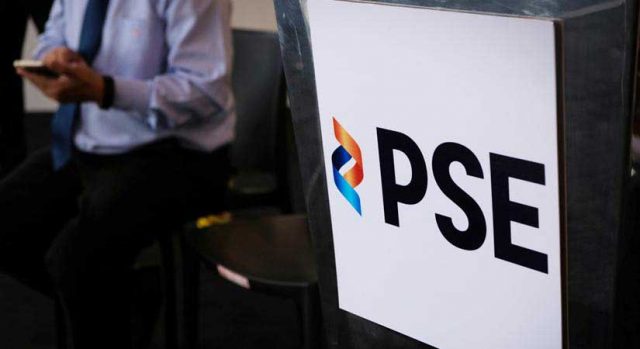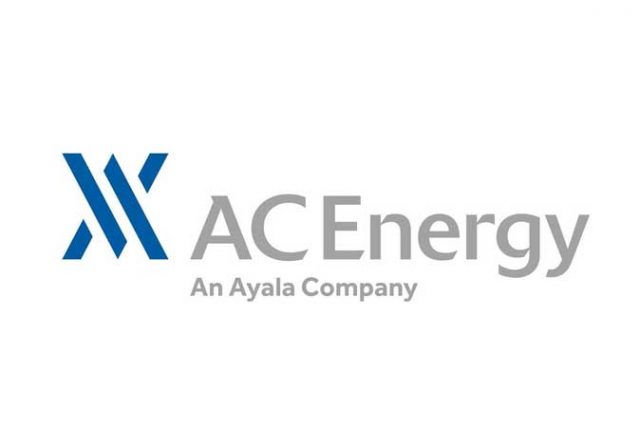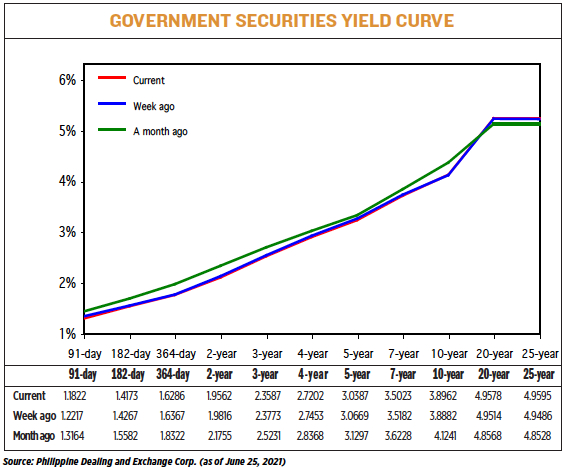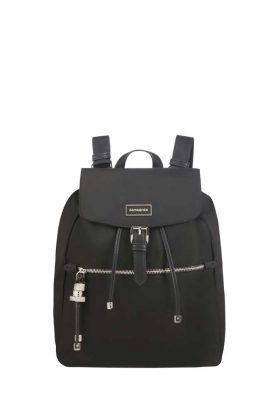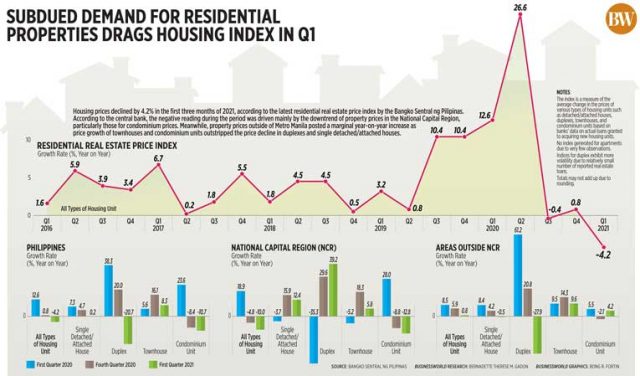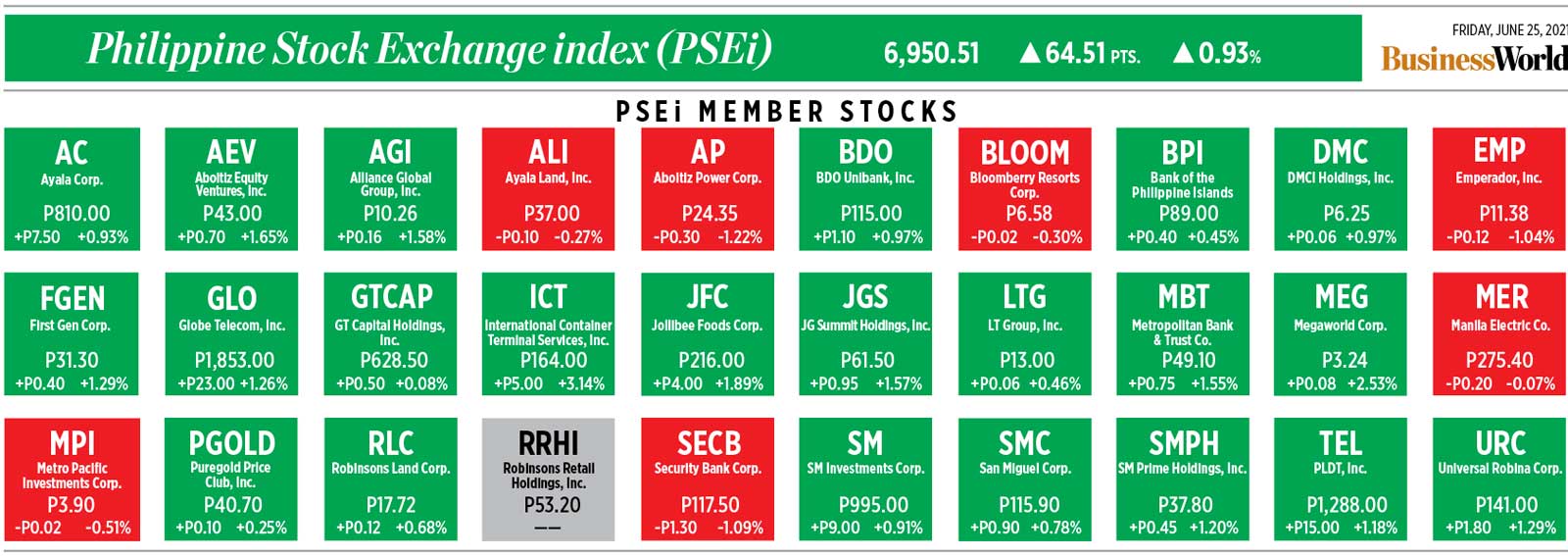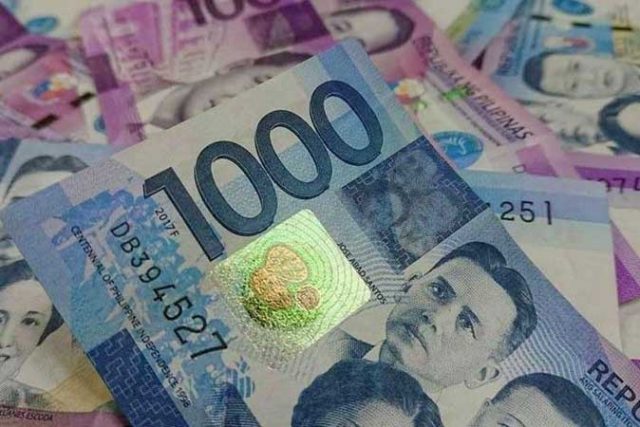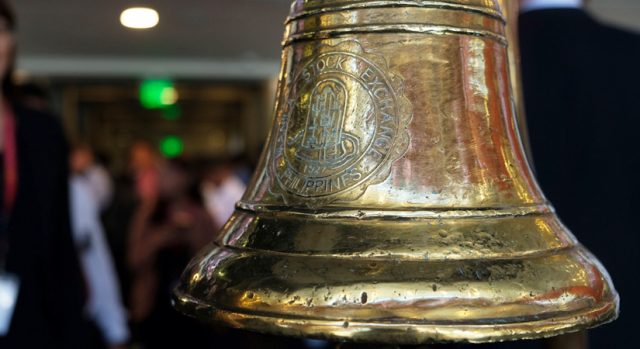COS opens first PHL store at AM Aura
COS, the London-based fashion brand, has opened its first store in the Philippines at the Upper Ground Floor of SM Aura Premier, Bonifacio Global City, Taguig. The 380 sq.m. store space is designed with the brand’s minimalist aesthetics and sustainability in mind. The textured cladding material extending across the staggered walls are constructed of “Really,” an engineered material developed using upcycled textiles such as end-of-life cotton and wool. Housing both Women’s and Men’s collections, the store debuts with the Summer 2021 collection, featuring a series of wardrobe icons inspired by the renewal of the seasons and the brand’s optimism for the future. Embracing warmer weather, pieces remain versatile and timeless. Materials such as linen and hemp were chosen for their durability, whilst appearing weightless, fostering movement and draping. Repurposed materials are adopted throughout, with recycled nylon utilized in swimwear. To celebrate the opening of the COS SM Aura Premier store, a limited-edition repurposed-cotton tote bag will be given along with all purchases over P10,000 net, while stocks last.
Shop & Shop holds payday sale
FROM June 28 to July 3, Shop & Shop will hold a week-long grand payday sale with exclusive offers up to 80% off on beauty, fashion, luggage and home products. There will be discounts of up to 60% from Tefal Cookware, Cuisinart, Beka, Oneida, Aladdin, and Reisenthel, and up to 80% off on bags and luggage from Samsonite, American Tourister, High Sierra, Kamiliant, and Lipault. Stylish wadrobe pieces are available with discounts of up to 80% from Jack Nicklaus, Savile Row, Levi’s Footwear & Accessories, Nine West Footwear & Bags, Anne Klein Watches, and Diesel Footwear. Make-up, hair-care, and skin-care products are available for discounts of up to 80% from Max Factor, Covergirl, Nuxe, Australis, Babyliss, VS Sassoon, bkr, and Sally Hansen. Shop & Shop is open from Monday to Saturday at 10 a.m. to 7 p.m. Shop & Shop is the new chat commerce channel of Rustan Marketing Corp. Browse the newest items and deals at Shop & Shop by Rustan Marketing Corp. on Facebook then order through Shop & Shop’s social media channels to complete your purchase.
New smartwatches from Garmin
GARMIN champions overall wellness in style with the new Venu 2 series GPS smartwatches — the Venu 2 and Venu 2S GPS smartwatches (with a 45mm watch case and 40mm watch case respectively). The latest Venu 2 series GPS smartwatches add a new fitness age and sleep score to its portfolio of all-day health monitoring features that provide users with deeper and more meaningful insights into their overall wellness. A new Health Snapshot helps users log, record, and share important health stats with a healthcare provider. The improved interface design allows users to effortlessly track their health and wellness with a comprehensive suite of health monitoring features right on their wrist. Users can find more ways to move with over 25 built-in sports apps with enhanced strength training profile and added muscle map graphics come to life on the bright AMOLED display. Battery life extends up to 11 days in smartwatch mode on the Venu 2 and 10 days on the Venu 2S with rapid recharging. The Venu 2 and Venu 2S can be purchased for P22,995 in all Garmin Brand Stores, official online Garmin stores (Lazada, Shopee, Kinetic.com.ph) and the Garmin PH Viber Community. For more information on product features, visit Garmin’s Facebook, Instagram, and YouTube pages.
BOSS Fall/Winter collection out
BOSS captures the spirit of Generation Next in a new collection that mixes statement styles and casual silhouettes with ease. Sporty designs are combined with tailored pieces — a baseball jacket with suit pants for him; slouchy track pants with a tailored coat for her. The iconic BOSS suit is transformed from purely professional outfit to everyday fashion staple, reworked in more casual, adaptable iterations for the way we live now. The entire collection is designed to be mixed and matched by the individual wearer, and is conceived as an invitation to play with easy, modern style, where rules are made to be broken. The base palette of black, cream, and camel is brought to life by the addition of vivid orange, red ochre, navy, tourmaline, and mineral blue. The timeless aesthetic of baseball, referenced in previous collections, is once again evident, with leather baseball bags, and sporty bomber jackets in wool-cashmere and leather. Collegiate styles for him and for her are embellished with contrast chenille patches, handmade in Germany. A tonal check is made new with the addition of striking embroidery, while the same check pattern is also combined with iconic stripe motifs and sporty shapes. Unisex crossbody bags add contemporary appeal to the accessories collection. In the Philippines, BOSS is exclusively distributed by Stores Specialists, Inc., and is located at Greenbelt 5, Shangri-La East Wing, Rustan’s Shangri-La, Rustan’s Makati, City of Dreams, 158 Designer’s Blvd. Newport Mall and Rustan’s Cebu.
Careline unveils new skincare product line
CARELINE Cosmetics is expanding its product portfolio as it launches a new line of skincare products specially developed to care for young skin. Careline offers an easy, four-step skin care solution — the new Skin Hero Set (P395). Enriched with active ingredients such as AHA, BHA, PHA, and Niacinamide, the set helps improve skin tone and texture as well as hydrate, smoothen, brighten, and treat the skin. The four products are: Captain Cleanser for sensitive skin, Fighting Toner, the non-comedogenic Wonder Moisturizer, and the Super Serum which treats hyperpigmentation and acne and improves skin tone and texture. For total facial skin cleansing, the Gentle Jelly Cleanser (P285) is formulated with aloe vera extract and centella asiatica to calm and soothe skin, reduce dryness and irritation. To remove makeup without residue, there is Micellar Tonic (P220) — alcohol-free and made of glycerin, salicylic acid, centella asiatica, niacanamide and licorice root extract, ideal for sensitive and acne-prone skin. Careline has also come out with two new sheet masks: The Lemon Brightening Sheet Mask (P90) with hyaluronic acid and vitamin C for dull and tired-looking skin; and Watermelon Moisturizing Sheet Mask (P90) with hyaluronic acid and watermelon for dry and rough skin. Careline products are available on Careline’s official Lazada page (Bit.ly/CarelineSkinLazada) and Shopee (Bit.ly/CarelineSkinShopee) and in leading supermarkets, groceries, and department stores nationwide.
Shop and donate through ShopeePay
SHOPEEPAY, Shopee’s integrated mobile wallet, partners with more than 30 foundations to offer users an easier, safer, and more convenient way to donate to their beneficiaries of choice. Over the last three months, there was a steady increase in foundations adopting digital payment options like ShopeePay. These newly onboarded foundations are AHA Learning, Animal Kingdom, For Our Farmers, Green Space, Hope, LovedVolunteers, Silid Aralam, Save Philippine Seas, TV Maria, and Waves for Water. There are two ways to donate via ShopeePay: scan the QR Code found either on the microsite (https://shopee.ph/m/scan-to-pay) or on the organization’s social media page or website; or take a screenshot and upload the QR code. Among the foundations one can donate to via ShopeePay are: 2KK Tulong sa Kapwa Kapatid Foundation, AHA Learning, Animal Kingdom Foundation, Caritas Manila, CRIBS Foundation, For Our Farmers PH, FundLife, Gawad Kalinga, GMA Kapuso Foundation, Good Neighbors, Green Space PH, Habitat for Humanity, Hope, Kaya Natin Movement, Kythe, LovedVolunteers, Project Pearls, Red Cross Philippines, Ronald McDonald House Charities, Save Philippine Seas, Save The Children, Silid Aralan, SOS Philippines, Teach for the PH, TV Maria, UNICEF, Virlanie Foundation, Waves for Water PH, World Vision, and Young Focus.

